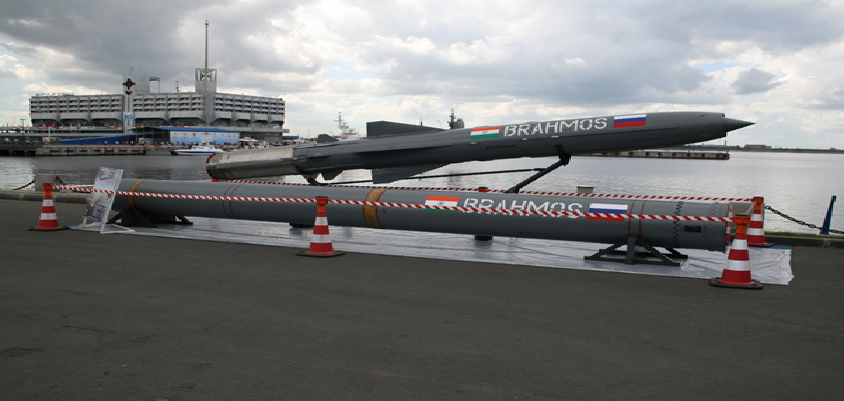BrahMos Deal and India’s Defence Exports
10, Feb 2022

Prelims level : Defence
Mains level : GS-II IR - Effect of Policies & Politics Of World On India’s Interests
Why in News?
- Germany has become a weaker link in the Western coalition against Moscow and Beijing.
- The US-Russia-China power dynamics:
- There is a convergence between China and Russia on a range of issues from NATO expansion to the AUKUS alliance.
- Despite their problems with the US, both Moscow and Beijing want a productive partnership with Washington.
- Both Russia and China want to leverage the united front to negotiate better terms from America.
- Exploiting the contradiction between Russia and China: Washington, in turn, wants to explore the cleavages between Moscow and Beijing.
- Focus on challenges from China: Biden’s outreach to Putin last year was based on the premise that the US could better focus on the challenges from China in the Indo-Pacific if there was a reasonable relationship with Russia in Europe.
- Putin is trying to take advantage of that proposition by raising the stakes in Europe.
- Exploiting economic means: If Putin is focused on military means to rewrite the European security order with the US, Xi is focused on the economic means to alter the US ties.
- Xi is making a big play for the Wall Street bankers who see merits in engagement with Beijing and lobby Washington to scale down the confrontation with China.
The US Resilience:
- The chaos of American domestic politics and the continuing arguments between the US and its European partners tend to amplify the disagreements within the West.
- It would be a mistake for Putin and Xi to mistake Western disagreements for strategic divergence.
- Consensus on challenging China: The last few years have seen the quick emergence of a new US consensus on challenging China despite the polarisation of the American political class.
- The idea that the US can’t risk a two-front challenge with Russia and China is popular but mistaken.
- Power of the US and its allies: Despite the dramatic rise of China and its new partnership with Russia, the united front can’t really match the comprehensive national power of the US and its allies.
- India is now a strategic partner of the US and faces growing challenges from China.
- In Asia, Biden has revived the Anglosphere (the AUKUS alliance with the UK and Australia), elevated the Quad to the summit level, and reached out to the ASEAN.
- In Europe, the US is getting NATO in order.
- Britain has taken the lead in the diplomatic confrontation with Russia.
- French President Emmanuel Macron is coordinating with the US in dealing with the Ukraine crisis.
- Beyond the rebuilding of US alliances, Washington has an important lever which is the exploitation of the domestic political vulnerabilities of “Czar Putin” and “Emperor Xi”.
- Challenge for India:
- New dynamics between two coalitions: India’s approach will depend upon the new dynamic between the two coalitions as well as its own relations with China, Russia, and the US.
- As both sides consolidate their global coalitions, it will get harder to be in the middle.
- India would like to see Russia find accommodation with the West in Europe; but if Russia’s relations with the West deteriorate further in Europe, Delhi is unlikely to let Moscow undermine its growing partnership with the US and its allies.
Conclusion:
- With the return of great Power Rivalry coinciding with India’s deteriorating ties with China, Delhi now stands closer than ever before to the West.






